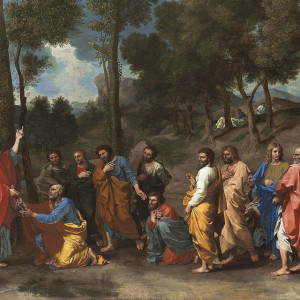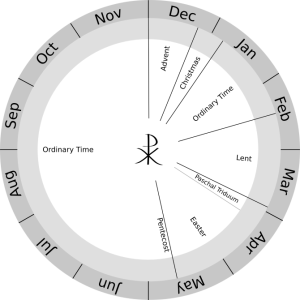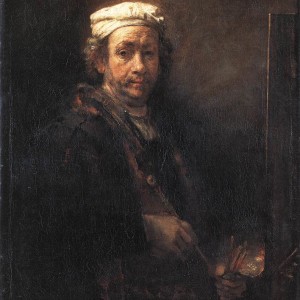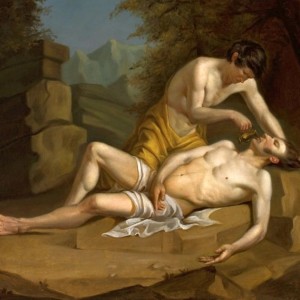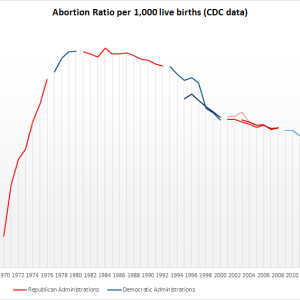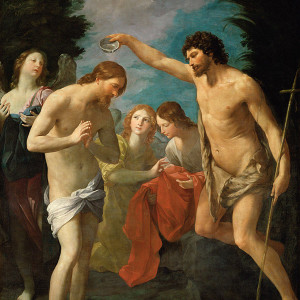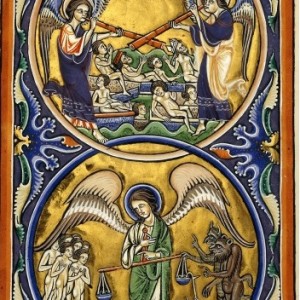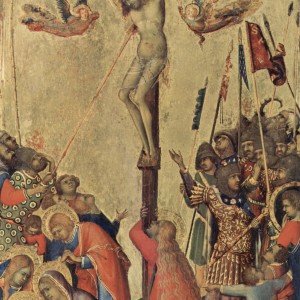Partly, this is a post about St. Peter, and why he’s the “Rock” in Matthew 16. Partly, it’s a post about the connection between the Cross and Jesus’ Messiahship. Mostly, though, it’s a post about Jesus Christ, and the continual need to grow in our understanding of Him.
Category: Uncategorized
Eastern Orthodoxy and Protestantism’s Infallibility Problem
The “infallibility problem” in Eastern Orthodoxy is more similar to the infallibility problem in Protestantism than you may realize. In each case, rejection of centralized infallibility leaves them with fallible (and hazy) collections of infallible teachings.
Praying with the Four Seasonal Marian Antiphons
If you’re not in the habit of praying or chanting these antiphons, today’s a great day to start, since it’s the beginning of a new season. It’s a good way of drawing closer to Mary, of keeping in sync with the liturgical season, and of ending each night on the right note.
Rembrandt and the Queen of Heaven
Rembrandt van Rijn (1606-1669) is the greatest and most famous painter of the Dutch Golden Age. While he’s perhaps most famous for paintings like The Return of the Prodigal Son, he also is believed to have painted between 40-100 self-portraits (there’s a huge range in the number, because several of these might have been painted by his students). Many of these… Continue reading Rembrandt and the Queen of Heaven
Year of Mercy, Year of Justice
Last month, Pope Francis celebrated the opening of the Year for Mercy. But before we praise mercy, then, we first have to ask what it is. What makes it unique? Matthew Rensch (Burlington) looks at some of the oft-overlooked features of this virtue.
Do Democratic Presidencies Reduce the Abortion Rate?
A popular progressive political argument is that the only truly pro-life choice is to vote Democratic. After all, the argument goes, even if said Democrats are vocally “pro-choice,” they’re also pro-social net, and the presence of a social net prevents women from feeling like they “need” abortion. During Republican administrations, in contrast. social nets get slashed, pregnant women feel more desperate (and less capable of caring for the children with which they’re pregnant), and abortion goes up. It’s an interesting theory, but is it true?
Who Are You, Christian?
What Catholics can learn from Martin Luther.
Martin Luther King, Natural Law Theorist
Dr. Martin Luther King was a natural law theorist. If you misunderstand that part of him, neither he nor the Civil Rights movement make sense. Here’s why.
Did the Catholic Church Give Us the Bible? (And How Are We Saved?)
This is really two short posts rolled into one: (1) is the Catholic Church the origin of the Bible? and (2) What’s the Gospel message of salvation, according to the Catholic Church?
The 3 Witnesses: Water, Blood, and the Holy Spirit
St. John says that “there are three witnesses, the Spirit, the water, and the blood; and these three agree.” Why does he limit it to three witnesses? And why *these* three? What can the waters of Baptism, the Blood of Christ, and the Third Person of the Holy Trinity do that no other witnesses can do?
